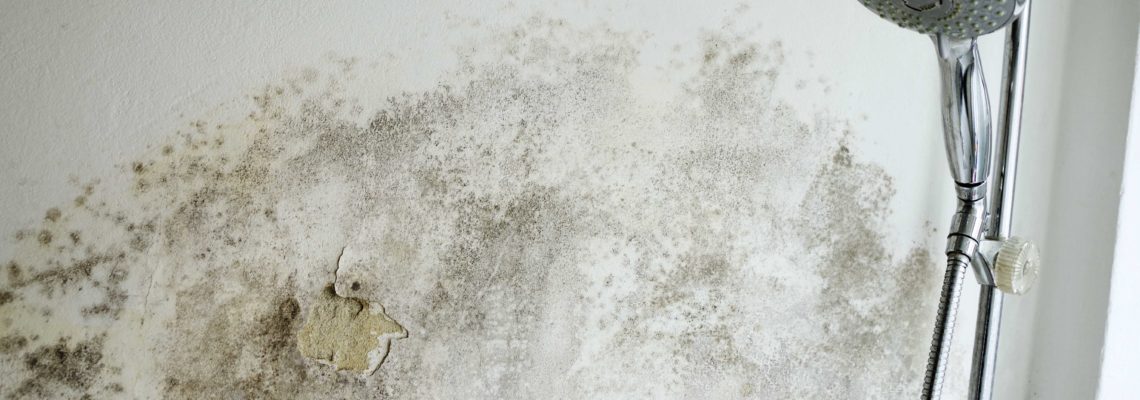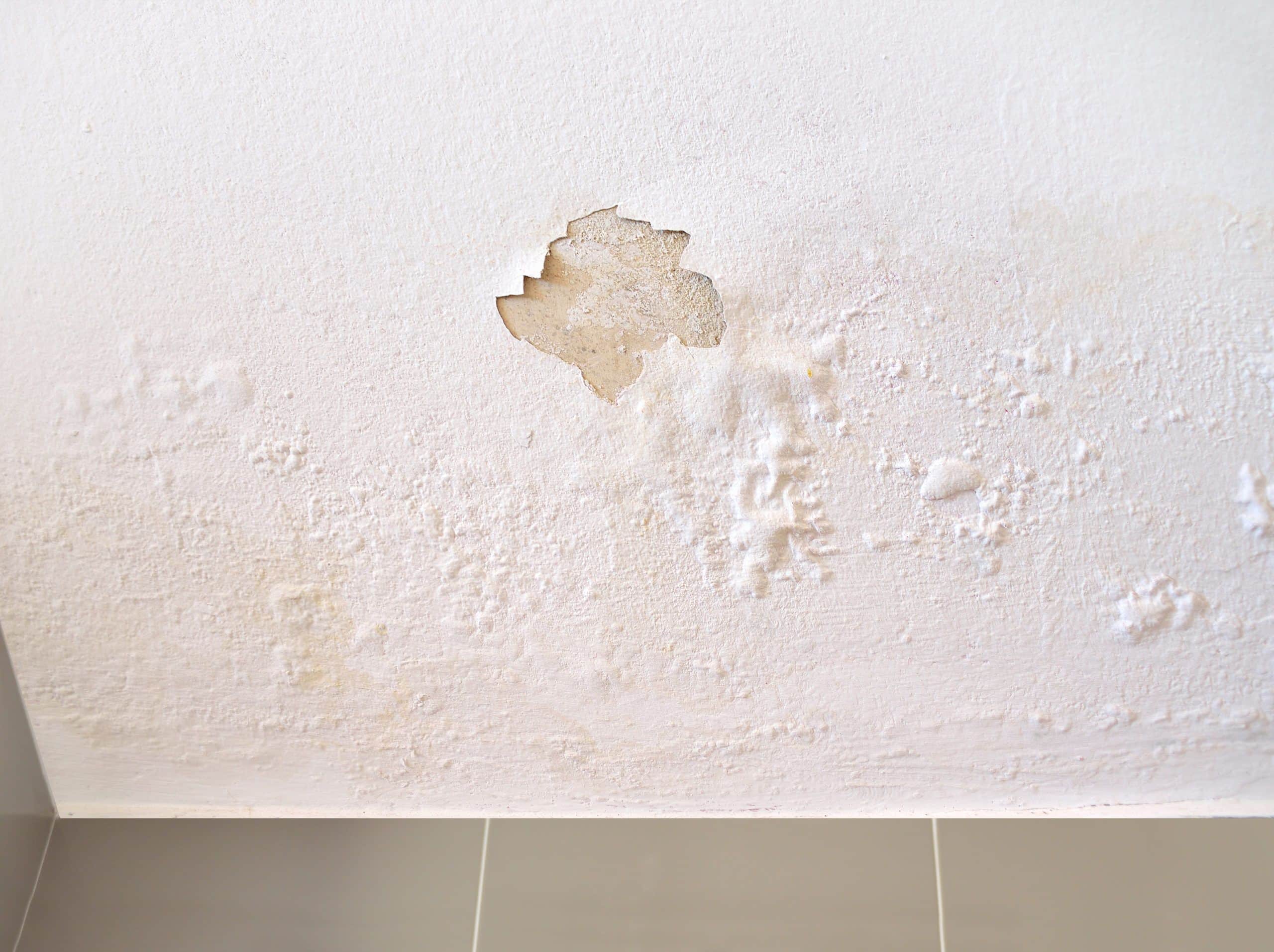How to Detect and Repair Stains from Water Quickly
How to Detect and Repair Stains from Water Quickly
Blog Article
We've noticed this great article involving How to Remove Water Stains from Walls and Ceilings below on the web and believe it made good sense to discuss it with you on my blog.

Water spots on wall surfaces are not enjoyable to the eyes. Occasionally it seems practically unpreventable to experience water stains on walls in houses.
Home owners living in damp regions frequently handle the concern of water discolorations on wall surfaces. But that doesn't have to be the case for you. With all-round as well as precise info on the root causes of water spots as well as prompt repair processes, you will certainly constantly be a step ahead of such occurrences. This short article guarantees to be a helpful overview for you.
3 Typical Sources Of Water Stains on Walls
Unlike common belief, water stains on walls do not always come from bad building materials. There are a number of root causes of water spots on wall surfaces. These consist of:
Moist
When hot moist air meets with dry cold air, it creates water beads to base on the walls of structures. When there is steam from cooking or showers, this takes place in kitchens and also bathrooms. The water droplets can discolor the surrounding walls in these parts of your home as well as spread to various other areas.
Damp or condensation influences the roofing system and walls of buildings. This causes them to show up darker than other locations of the residence. When the wall is wet, it produces an ideal environment for the development of germs and fungi. These might have adverse effects on health and wellness, such as allergic reactions as well as respiratory system problems.
Poor Drainage
When making a building strategy, it is vital to make certain ample drainage. This will prevent water from seeping into the walls. Where the drainage system is clogged or missing, below ground dampness develops. This links to excessive wetness that you notice on the walls of your structure.
The leading cause of wet wall surfaces, in this case, can be a poor drainage system. It can also be due to inadequate monitoring of sewer pipes that run through the building.
Pipeline Leaks
A lot of houses have a network of water pipes within the wall surfaces. This makes certain that the pipes are well away from the reach of devastating rats. It always raises the feasibility of such pipes, as there is little oxygen within the wall surfaces. This dissuades corrosion.
Yet, a disadvantage to this is that water leakage impacts the wall surfaces of the building and causes widespread damages. A telltale sign of faulty pipelines is the look of a water tarnish on the wall.
Pro Tip
A houseplant in your house additionally raises its moisture. So, if your home is currently humid, you may wish to introduce houseplants with minimal transpiration. An instance of suitable houseplants is succulents.
Water Discolorations on Wall: Fixing Tips
When dealing with water stains, house owners would generally want a fast solution. Yet, they would soon understand this is counterproductive as the water stains persist. Right here are a couple of handy pointers that will certainly lead you in the fixing of water discolorations on wall surfaces:
Final thought
No one wants to have water spots on wall surfaces in their residence, it can occur to the ideal of us. This post offers you take advantage of, as you currently know exactly how to manage this accident if it does happen.
It is constantly best to recruit expert solutions to aid fix the damages in your house.
Occasionally it seems practically unpreventable to experience water discolorations on wall surfaces in homes.
Contrary to popular belief, water stains on walls do not always stem from poor building materials. There are several causes of water stains on wall surfaces. The water droplets can stain the surrounding walls in these components of your residence and spread to various other areas.
Here are a few valuable tips that will certainly lead you in the fixing of water spots on walls:
CHECKING FOR WATER DAMAGE
Water damage can be costly, and it may begin before you even notice the first signs of trouble. Water damage can cause mold and mildew in your walls and floors, which can create an abundance of health concerns for your family. It can also lead to costly repairs of various appliances and general home fixtures. To avoid the pricey consequences of water damage, here are Warner Service’s top 5 places you should check:
The walls – The easiest place to spot the beginnings of water damage is on the walls and ceilings of your home. If water damage is present, there will most likely be water stains, especially around the windows and doorframes, and/or cracks in the drywall. If a stain looks unusual (discolored to brown, black or gray, raised texture), has a swollen appearance or is soft to the touch, contact a professional immediately. The pipes – To avoid water damage, consistently check the pipes in your kitchen (especially the dishwasher and ice maker), bathrooms, laundry room (specifically washing machines) and basement for corrosion, leaks and water stains. Pay special attention to where the pipes connect in your home and the location of caulking around the bathroom fixtures, including toilets, sinks, showers and tubs. Missing or loose caulking and grout could be signs of leaking water. This seepage can also quickly cause mold and rust, so double check your water heater and tank for wet spots on the floor. The floor – Water damage is very easy to spot on the floor. Look for any warping or buckling of the material, especially in the basement. If your home has wood flooring, look for bright white or dark stains. If your home has carpeting, keep it dry and clean. A damp carpet that smells of mold could cause water damage and health problems. To avoid this, consider installing floor pans under your appliances to help prevent damages from small, slow and undetected leaks. The basement and attic – If your basement or attic smells odd check for mold and mildew around the area, especially the valley where the roof meets. While you are inspecting those areas, check for wall cracks, floor stains, rust and dampness in the insulation. If you live in a colder and/or rainier climate, perform routine checks for water damage from melting snow or ice and rain. The exterior – Check the roof for damaged flashing and missing, cracked or curled shingles. There should also be no standing water anywhere outside your home. This could be caused by puddles, leaky rain gutters or hoses, poor drainage, or short gutter spouts. Invest in a sump pump system or water flow monitoring system, and perform routine maintenance on these outdoor appliances to avoid indoor water damage.

I have been very serious about How to Find and Repair Water Leaking in the Wall and I hope you enjoyed our blog post. Do you know about another person who is fascinated about the subject? Why not share it. I value reading our article about .
Immediate attention? Call! Report this page